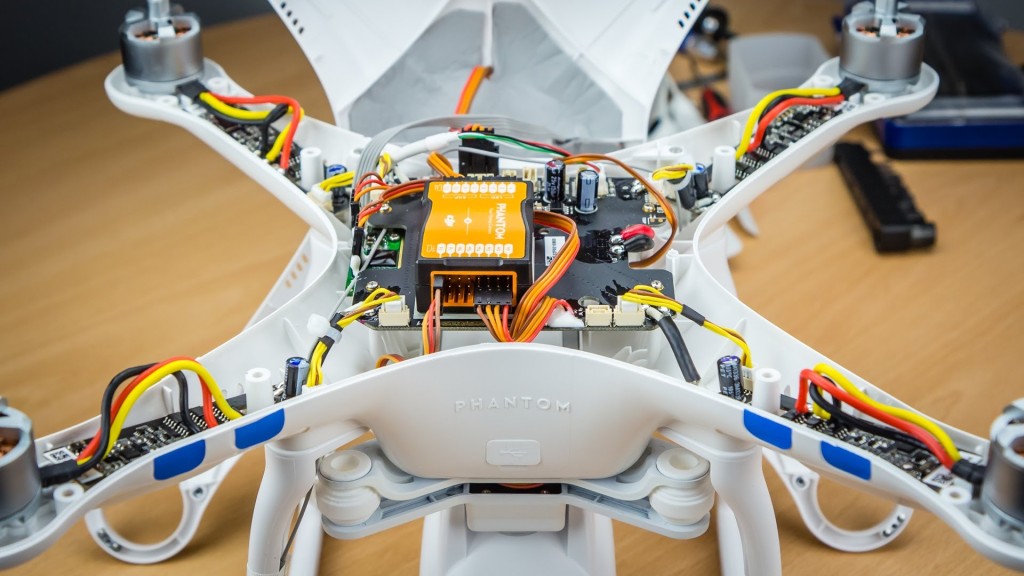Getting ready to put your drone in the sky? Before flying a quadcopter for the first time, it�s a very, very good idea to go over a few safety precautions. This is essential to avoid crashing your drone, especially if it�s one of the more sophisticated and expensive models. It�s also essential to avoid flying your drone into the wrong space, whether it be air space or your neighbor�s pool.
Check out a few safety tips to keep in mind:
The Great Wide Open
First things first: if you�re going to fly your personal drone, do so in a large, open space, such as an open field. The fewer trees, houses, bushes, and anything else your quadcopter can get stuck in/on are around, the fewer issues you�ll have. Take inventory of everything around you as well.
Little or No Wind
Once you�ve found a great spot for flying your drone, it�s a good idea to notice how windy or not it is that day. While some drones are designed to withstand relatively high winds, it�s generally a good idea to fly when wind is slight or non-existent. The lighter the wind, the smaller the chance a random gust will take it up, up, and away.
Battery Check
There�s no flying your Phantom drone or any other quadcopter without a full battery. Ensure your drone is totally and completely juiced before any flight session.
Permission
If flying your drone around an open field and you aren�t sure if it�s public or private property�.well, you don�t want to find out the hard way, do you? Obtain special permission to fly your drone if you aren�t on public land to avoid legal complications. The FAA has started to regulate where you can and can not fly a drone. Be sure that you drone firmware is up to date and obeys all FAA flight regulations.
Practice and More Practice
Practice flying your drone low in the air, or better yet, use a flight simulator app. Another option is to start with mini drones and work your way up to larger quadcopters. Whatever you decide to do, remember that practice does indeed make perfect!

 Kevin
Kevin








